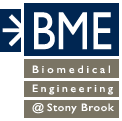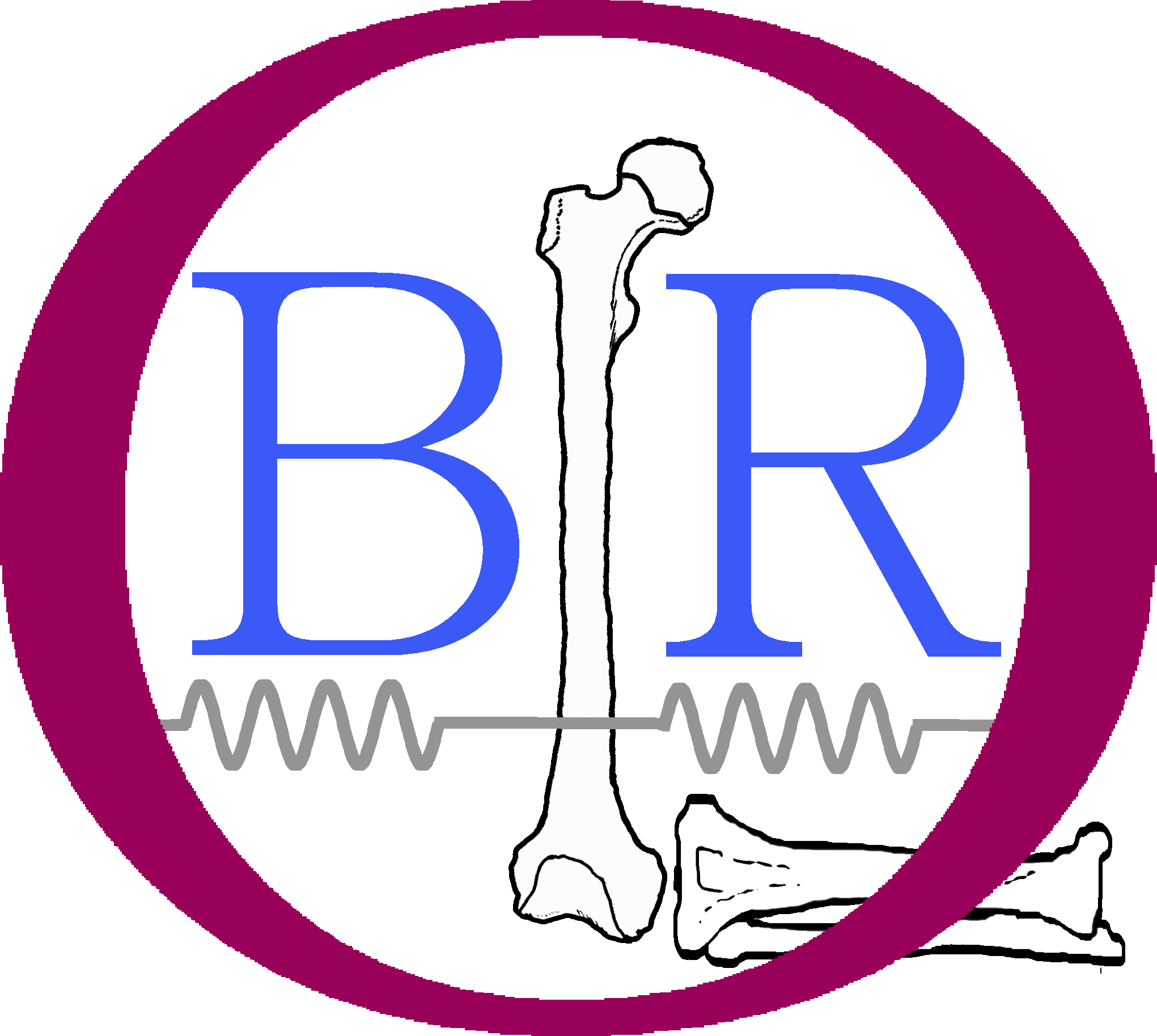In vivo human subject measurements, including ultrasonic and DEXA testing, will be performed in the Osteoporosis Clinical Research Center, and GCRC, State University of New York at Stony Brook, as out-patients tests. The Center provides full medical service from diagnostic, treatment to research. Bone mineral density can be measured through two recent equipped with DEXA machine for local and whole body scanning. It is requested that we will be able to continue to use JSC UTBM GCRC bed rest facility. Dr. Qin has been held an adjunct faculty position at UTMB.
The Division of Laboratory Animal Resources maintains and manages AAALAC and USDA approved animal facilities within the Health Science Center. The P.I. and the team have access to use all the facilities for approved animal related experiments 24 hours/day, 7 day a week. Approximately 50,000 sq ft are currently used for housing research animals, preventive medicine, pre- and post-surgical care and animal husbandry. A special skeleton research laboratory is in the facility for all in vivo experiments. The in vivo study of this project will be performed in this laboratory.
The Department of Biomedical engineering and The Center for Biotechnology computing facilities are LAN cluster with two networks, BME and Biotech comprised of two multi-user IBM RISC workstations, HP-Compaq workstation, Dell Precision Workstations, 20 XP PCs running under local WLAN server. Each computer has an average of 2-12GB of memory and 100 GB of hard disk storage. The network also includes bioinformatic control systems (MTS, micro imaging, in vivo and ex vivo strain gauging). Available software includes ABAQUS finite element package, PV-WAVE, MatLab, LabView, OsteoMatrix, STAR-II and Office software. Two web sites, Program in BME and Biotechnology, are maintained in this network. Three Dell Precision workstations will be used for this study for data analysis. The finite element model for the trabecular bone analysis can be generated using SCANCO micro-CT workstation for simulation.
Facilities are also available, through our direct collaboration with Brookhaven National Laboratory, e.g., the National Synchrotron Light Source, which will be used to create high resolution, 3D micro tomographic images, as well as ultrastructural characterization. University Hospital radiology imaging facility, including CT, X-ray and MR, is also available for the research.
1. Two servo-hydraulic materials test systems (MTS, Instron); for high resolution evaluation of bone material properties. 2. Bionix Universal Biomaterial testing system (MTS). 3. Nanoindentor for nano/micro mechanical testing (TriboIndentor, Hysitron). 4. Micro-CT, ?CT-40, ?CT-75, In ViVa ?CT-40, Scanco. 5. Materials saw equipped with diamond perimeter annular blades used for 50 micron undecalcified sections. 6. Reichart-Jung Model K Sledge microtome for cutting of undecalcified 6 micron sections. 7. Leica rotary microtome for cutting of decalcified sections. 8. H.P. Faxitron high resolution low voltage microradiograph cabinet. 9. Fluorescent microscopes (Nikon Labophot & Olympus Vanox), w/ CCD camera. 10. Osteometrics histomorphometry software. 11. Equipment used for strain collection (Syminex SX 500 strain gage amplifiers). 12. Velmax step controller and positioner. 13. Standard decalcifying lab equipment for hard tissue and equipment for staining, i.e., thermal control water bath, dryer bed and stain controller. 14. Function generator (Standford Research System). 15. Tektronix digital oscilloscope. 16. HP pulse generator. 17. National Instruments A/D, D/A board. 18. GPIB data interface. 19. Hybridization ovens. 20. Analog and digital oscilloscopes, spectrum analyzers, function generators, digital filters, lock-in amplifiers, circuit design software. 21. BOSE Dynamic Mechanical Test System. 22. Olympus Confocal Microscope.

